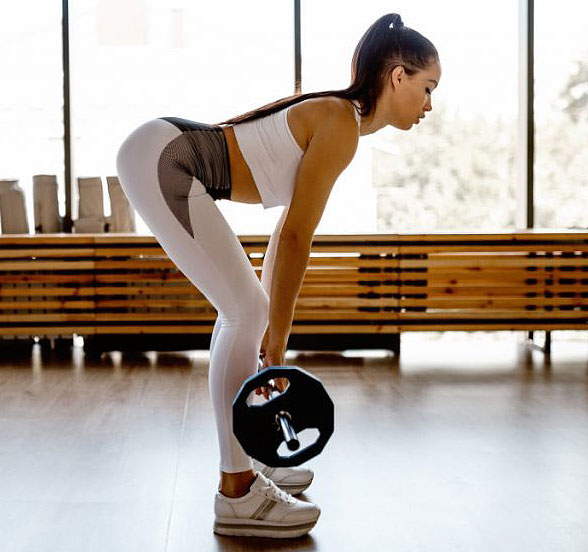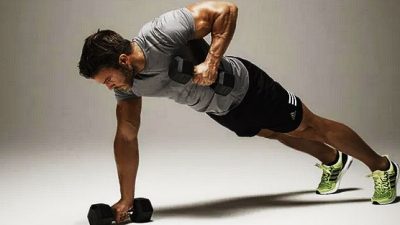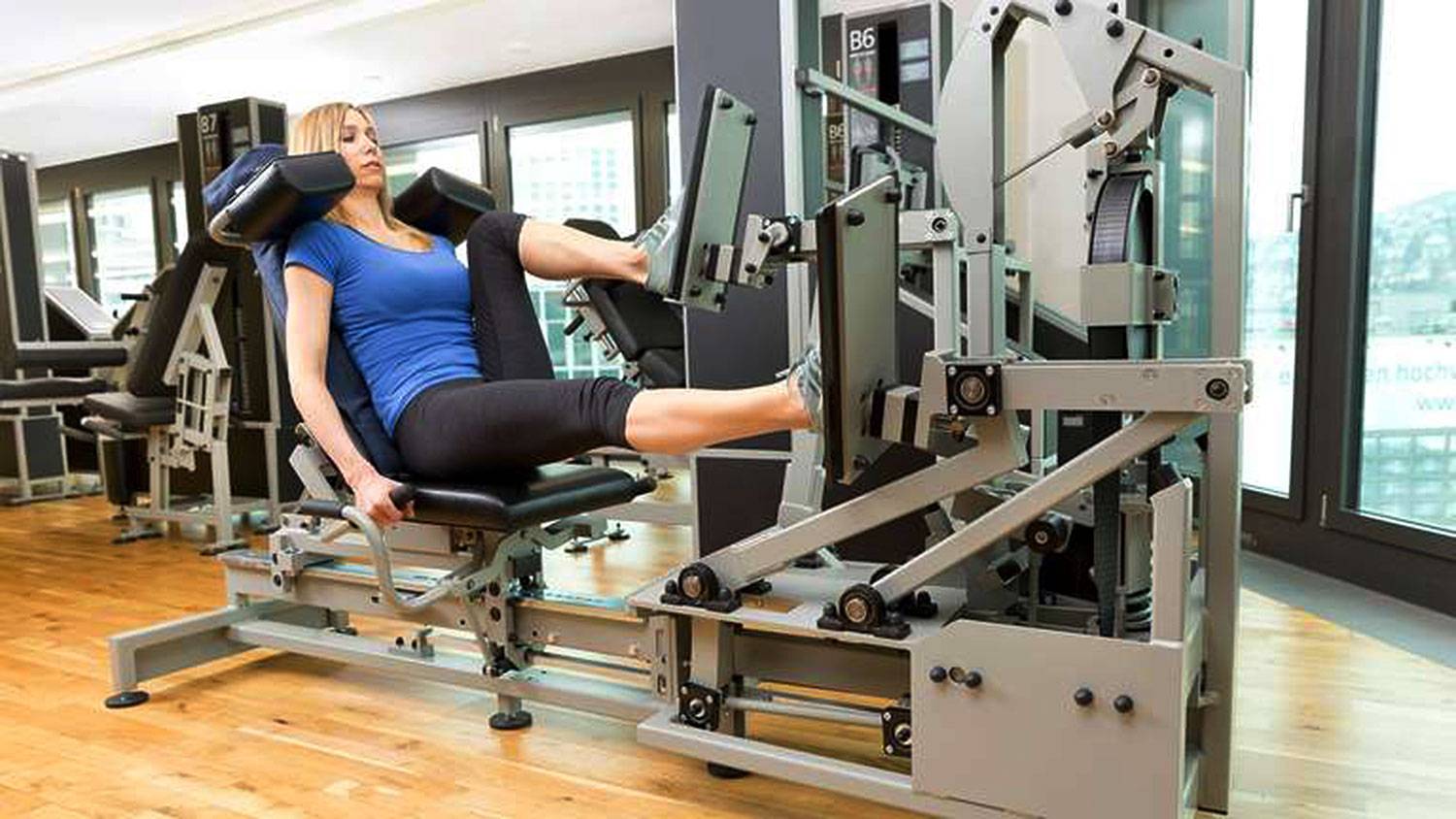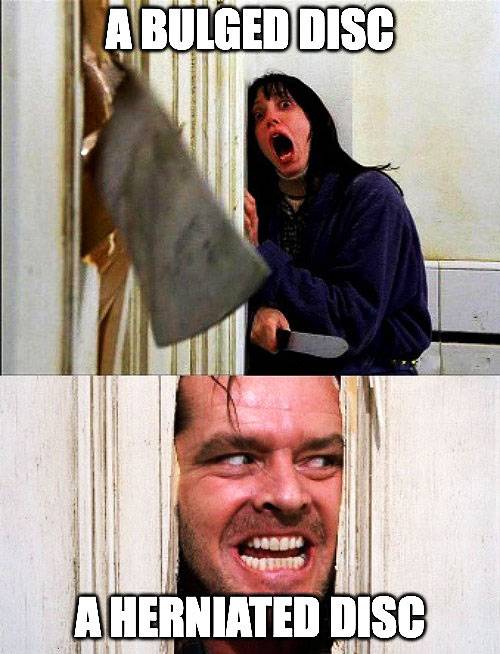what about the Jefferson curl?

If there is one surefire way to start an argument among rehab professionals, it’s the queston of the Jefferson curl.
Proponents of the Jefferson curl claim it to be a near miraculous cure for low back pain, by taking the spine through a full range of loaded motion that then enables pain free daily living.
The reality, of course, is quite different. As researchers such as Dr Stuart McGill and Professor Michael Adams have shown, lumbar flexion is the mechanism for lumbar disc injury, with a load response relationship.
That is irrefutable, no matter what anyone tries to say. The father of modern medicine, Hippocrates, noticed an association between flexion and spinal pain 2000 years ago, so it is hardly a new concept.
Loaded flexion results in gradual delamination of the collagen of the disc. What influences the rate of delamination is body type, disc shape, the number of repetitions, and the load. So a naturally slender-framed person who never lifts anything other than a Jefferson curl twice a week may never suffer a back injury, as their fatigue and load capacity stays under the threshold.
The key, however, is that no one can predict what that threshold is, until it’s been breeched, and it is always this factor that Jefferson curl proponents ignore or fail to understand.
The Romanian-style deadlift, performed with either barbell, dumbell or kettlebells, is a superior alternative to the Jefferson curl.
It reinforces the desirable motor pattern of using the hips to move, while also developing hamstring, glute and lumbar paraspinal strength, all in a much safer manner.
Performing the exercise slowly can help develop hamstring extensibility, while varying foot placement and heel height (using a block or similar) alters the focus of the exercise.

Any exercise needs to be chosen for a specific purpose. In regards to the Jefferson curl, there are far better choices of exercise that develop greater lumbar paraspinal strength, glute strength and hamstring strength without compromising disc structure.
It doesn’t mean that, after a back injury, flexion is to be avoided forever after. It means saving that flexion capacity for when it is really needed.

Need more? The kettlebell or dumbbell goblet squat is another excellent alternative to the Jefferson curl. It helps develop and maintain ankle and hip mobility, while strengthening the core, lumbar paraspinals, quads, hamstrings and glutes, all while establishing and maintaining a very desirable movement pattern valuable throughout life.
Few exercises can compete with the kettlebell goblet squat for general purpose rehab.
Avoiding flexion altogether is not the goal of a proper low back rehab program, which aims to build capacity for flexion activities if needed.
The key is to know when flexion can be safely restored, and when it should be used.
The lumbar spine has been created to allow movement, but is not meant to drive movement, which is better performed through the hips (and ankles).
Even a rudimentary understanding of human physiology would see that a ball and socket joint has great movement potential. If the lumbar spine was meant to move, then it would be different. The discs are thicker and stronger, to support the weight of the upper body. The ligaments are thicker to minimise flexion, and the facet joints limit rotation and extension. Physiologically, humans are meant to move with the hips.



The renegade row, offset or B-stance kettlebell deadlift and the good old farmer’s carry are three more excellent alternatives and progressions to a basic Romanian deadlift. All will help develop core stability, lumbar paraspinal strength and desirable movement patterns.
Back pain isn’t for life – unless you want it to be.
related articles





Golf is perhaps the one sport most closely associated with lower back pain. Around 30% of golfers experience back pain during or after golf. Is this related to the actions of the golf swing itself, or other factors?
Disc injury is the most common form of lower back pain. Bulges, age-related degeneration, lateral herniation and end plate injury are the most likely disc injuries, but the most common is a disc bulge.
A lack of core stability is often cited as one of the most common reasons for lower back pain. Most people, even rehab professionals, are ignorant of true core function and its relevance to lower back injury.
Machine-based training is everywhere claiming the best results for treating lower back pain. for some people, it might work, but it is more likely to aggravate the condition further, and will never future-proof your body for some simple reasons.
A slipped disc is a common but inaccurate diagnosis. Discs can herniate, but true herniation is rare. Terminology matters, as it relates to professionalism and rehabilitation.